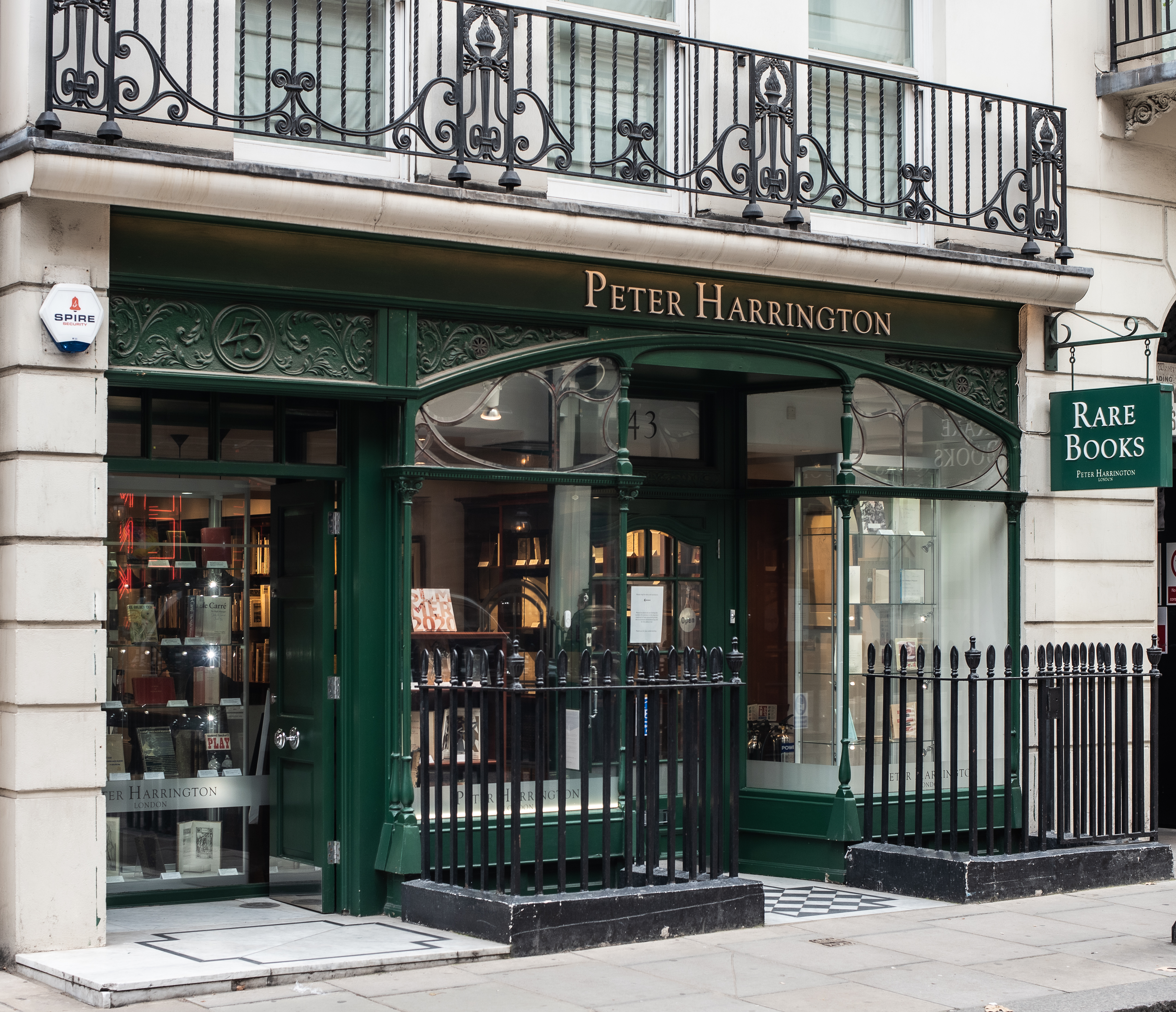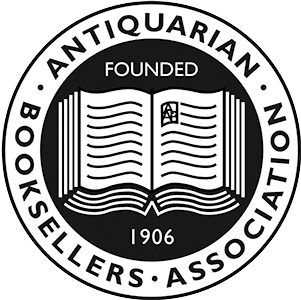Paris: M. de Brunhoff, Éditeur,, 1886. His scarce science fiction, presented to a fellow Symbolist First edition, presentation copy, inscribed by the author on the half-title, "À Edmond de Goncourt. Hommage de son admirateur, Villiers de l'Isle Adam [to Edmond de Goncourt, a tribute from his admirer, Villiers de l'Isle Adam]", and bound by Pierson, Goncourt's relieur de choix, on receipt. This is a superb presentation copy of Villiers' scarce science fiction novel, which popularized the word and concept of the "android": the recipient was the man of letters and French Symbolist, Edmond Huot de Goncourt (1822-1896). Goncourt founded the Académie Goncourt which still awards one of the most prestigious French literary prizes, the Prix Goncourt. Goncourt described his first encounter with Villiers in a September 1864 entry in his journal, which he compiled with his brother Jules: "He was a typical literary bohemian or unknown poet. His hair, which was parted in the middle, kept falling in stringy locks over his eyes, and he would push back with the gestures of a maniac or an illuminati. He had the feverish eyes of a victim of hallucinations, the face of an opium eater or a masturbator, and a crazy, mechanical laugh which came and went in his throat. Altogether, something unhealthy and spectral". As well as one of the most prominent intellectuals of his time, Goncourt was also a distinguished book collector. After visiting Goncourt in the 1890s, Arthur Symons remembered that "when we came to the study, the room in which he worked, he showed me all of his own first editions, carefully bound" (Symons, p. 121). For Paul Valéry, Goncourt exemplified "the absurd lengths to which the most distinguished collector may go... After having the first editions of his friends' works bound in parchment, Edmond de Goncourt had their portraits painted on the covers by the artists he considered most appropriate to the sitters: for Daudet, Carrière; for Zola, Raffaelli. Since the books could not bear the slightest handling without damage, they were condemned to sit eternally in a glass case" (Valéry, p. 219). These parchment bindings, like the present Bradel-style cloth example, were executed by Pierson, Goncourt's "usual binder" (Galantaris, p. 166), whom he called "ce roi des cartonneurs [the king of cartoners]" and "le rare ouvrier qui a la passion de son art [the rare worker who has a passion for his art]" (quoted in Tourneux, p. 14). L'Ève future is the first of two influential works by Villiers, a proudly penurious French aristocrat, the other being his Romantic play Axël (1890). Situated somewhere between the classical myth of Pygmalion, Mary Shelley's Frankenstein, and Fritz Lang's Metropolis, L'Ève future figures a caricature of the futurist inventor, Thomas Edison, who creates an ideal mechanical woman. A key text of the decadent movement, the work is still influential - the 2004 Studio Ghibli sequel to Ghost in the Shell opens by quoting a line from the novel: "If our gods and hopes are nothing but scientific phenomena, then it must be said that our love is scientific as well". This copy later passed into the library of Pierre Bergé (1930-2017), co-founder of Yves Saint Laurent, with his bookplate. Octavo (185 x 115 mm). Wrappers illustrated by François Gorguet. Bound for the recipient in contemporary red percaline by E. T. Pierson (his stamp on the front pastedown), brown sheep spine label, original illustrated wrappers bound-in. Hint of sunning to spine, label lightly scuffed, extremities a little rubbed, binding otherwise bright; a couple of marks to front pastedown, discreet repair to half-title at gutter, faint toning to contents, else clean and fresh within. A very good copy. Christian Galantaris, "Le goût des Goncourt à l'honneur" in Cahiers Edmond et Jules Goncourt, 2005; Arthur Symons, The Symbolist Movement in French Literature, 1919; Maurice Tourneux, La Bibliothèque des Goncourt, 1897; Paul Valéry, Aesthetics, 1964.













